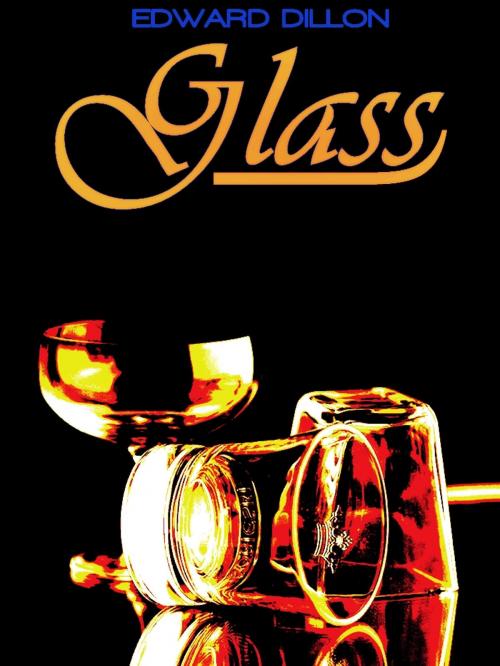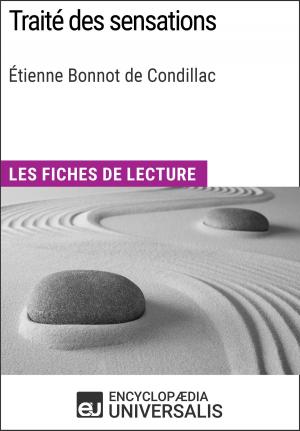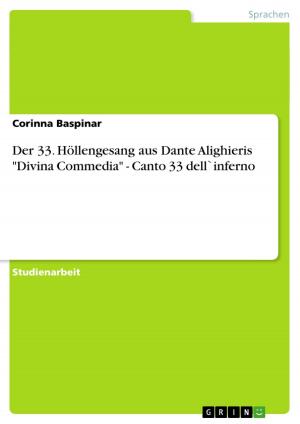Glass (Illustrations)
Nonfiction, Home & Garden, Antiques & Collectibles, Glass & Glassware, Reference, Reference & Language| Author: | NEW YORK: G. P. PUTNAM’S SONS LONDON: METHUEN AND CO. | ISBN: | 1230000268605 |
| Publisher: | Edward Dillon | Publication: | September 17, 2014 |
| Imprint: | Language: | English |
| Author: | NEW YORK: G. P. PUTNAM’S SONS LONDON: METHUEN AND CO. |
| ISBN: | 1230000268605 |
| Publisher: | Edward Dillon |
| Publication: | September 17, 2014 |
| Imprint: | |
| Language: | English |
It is now nearly thirty years since the late Mr. Nesbitt wrote the introduction to the catalogue of the glass at South Kensington. Some years previously the description of the glass in the Slade collection had been intrusted to the same gentleman. Since that time many works treating of special departments of the history of glass have been published in France, in Germany, and in Italy. Much fresh light has been thrown upon the primitive glass of the Egyptians; our knowledge of the glass of both the Near and the Far East has been revolutionised; abundant fresh material has been provided for the history of Byzantine glass, and the wanderings of the glass-workers from L’Altare and Murano have been traced in full detail. Mr. Hartshorne, in his Old English Glasses, has exhaustively told the story of our native glass from the documentary side, and has described with the minutest detail the wine-glasses of the eighteenth century. Apart, however, from the introductory chapters of the last work, I know of no attempt of recent years to give a general account of the history of glass—using that term in the narrower sense—as viewed from the artistic side.
We have at hand in the British Museum a collection of glass that has no rival elsewhere; only second to it is the collection at South Kensington. It is in these collections that the history of glass must be studied. I have from time to time in the following pages called attention to the most remarkable examples. I hope that what I have said may assist the student in threading his way through what is a rather complicated history.
vi My best thanks are due to Mr. C. H. Read, who has charge of the glass in the British Museum, for the facilities that he has afforded me in the photographing of the examples in his department; not less to Mr. A. B. Skinner, director of the Victoria and Albert Museum, for similar facilities at South Kensington.
I am indebted to Professor Church for much valuable information and for some hitherto unpublished analyses of glass; to Lord Rothschild and to Mr. Vincent Robinson, C.I.E., for photographs of examples of glass in their collections; finally, to Signor Ongania, of Venice, for permission to reproduce from Passini’s great work on the Treasury of St. Mark’s some photographs of the glass there preserved.
It is now nearly thirty years since the late Mr. Nesbitt wrote the introduction to the catalogue of the glass at South Kensington. Some years previously the description of the glass in the Slade collection had been intrusted to the same gentleman. Since that time many works treating of special departments of the history of glass have been published in France, in Germany, and in Italy. Much fresh light has been thrown upon the primitive glass of the Egyptians; our knowledge of the glass of both the Near and the Far East has been revolutionised; abundant fresh material has been provided for the history of Byzantine glass, and the wanderings of the glass-workers from L’Altare and Murano have been traced in full detail. Mr. Hartshorne, in his Old English Glasses, has exhaustively told the story of our native glass from the documentary side, and has described with the minutest detail the wine-glasses of the eighteenth century. Apart, however, from the introductory chapters of the last work, I know of no attempt of recent years to give a general account of the history of glass—using that term in the narrower sense—as viewed from the artistic side.
We have at hand in the British Museum a collection of glass that has no rival elsewhere; only second to it is the collection at South Kensington. It is in these collections that the history of glass must be studied. I have from time to time in the following pages called attention to the most remarkable examples. I hope that what I have said may assist the student in threading his way through what is a rather complicated history.
vi My best thanks are due to Mr. C. H. Read, who has charge of the glass in the British Museum, for the facilities that he has afforded me in the photographing of the examples in his department; not less to Mr. A. B. Skinner, director of the Victoria and Albert Museum, for similar facilities at South Kensington.
I am indebted to Professor Church for much valuable information and for some hitherto unpublished analyses of glass; to Lord Rothschild and to Mr. Vincent Robinson, C.I.E., for photographs of examples of glass in their collections; finally, to Signor Ongania, of Venice, for permission to reproduce from Passini’s great work on the Treasury of St. Mark’s some photographs of the glass there preserved.











![Cover of the book The Principall Navigations [Christmas Summary Classics] by NEW YORK: G. P. PUTNAM’S SONS LONDON: METHUEN AND CO.](https://www.kuoky.com/images/2012/december/300x300/1230000037114-pVcI_300x.jpg)



